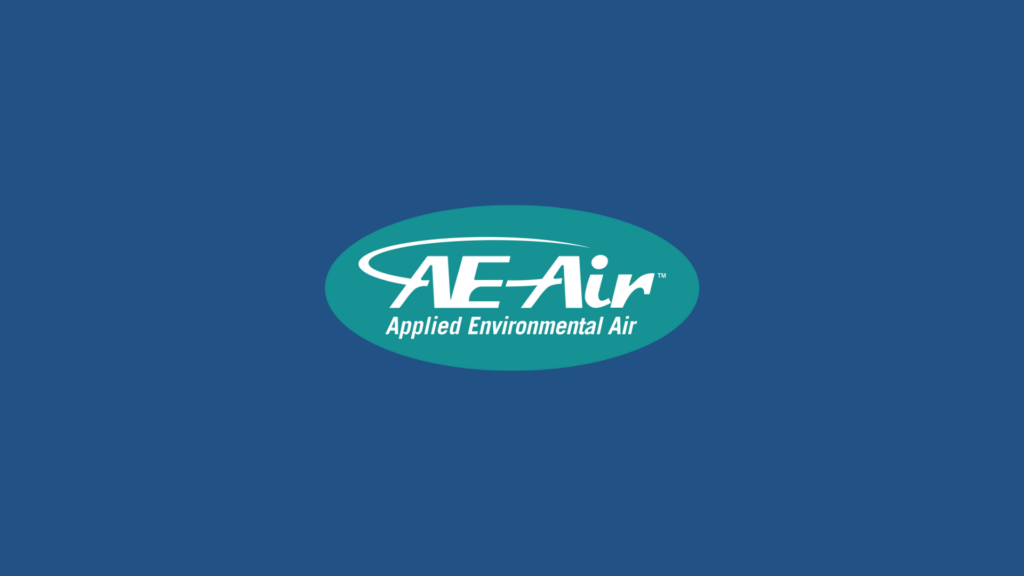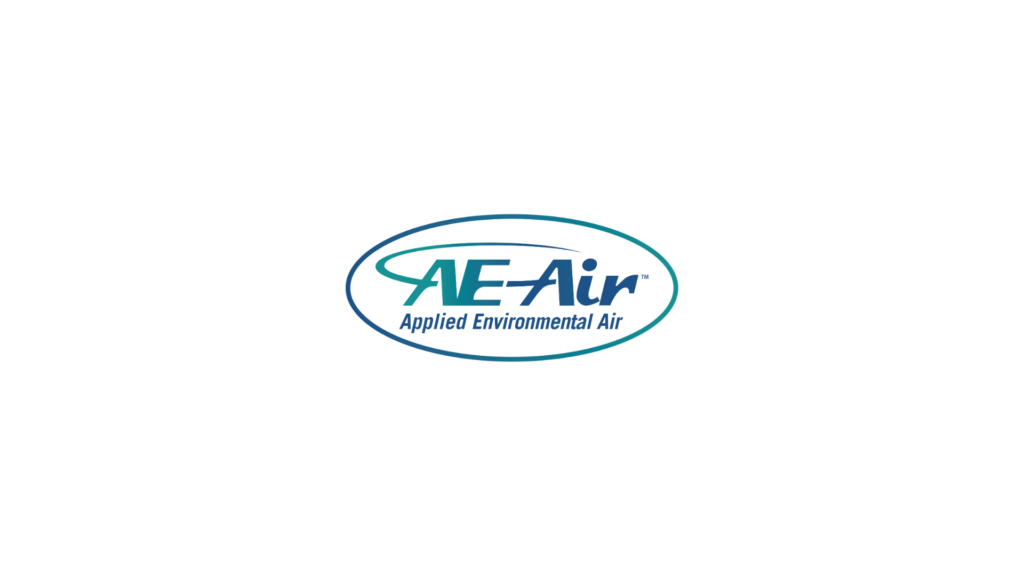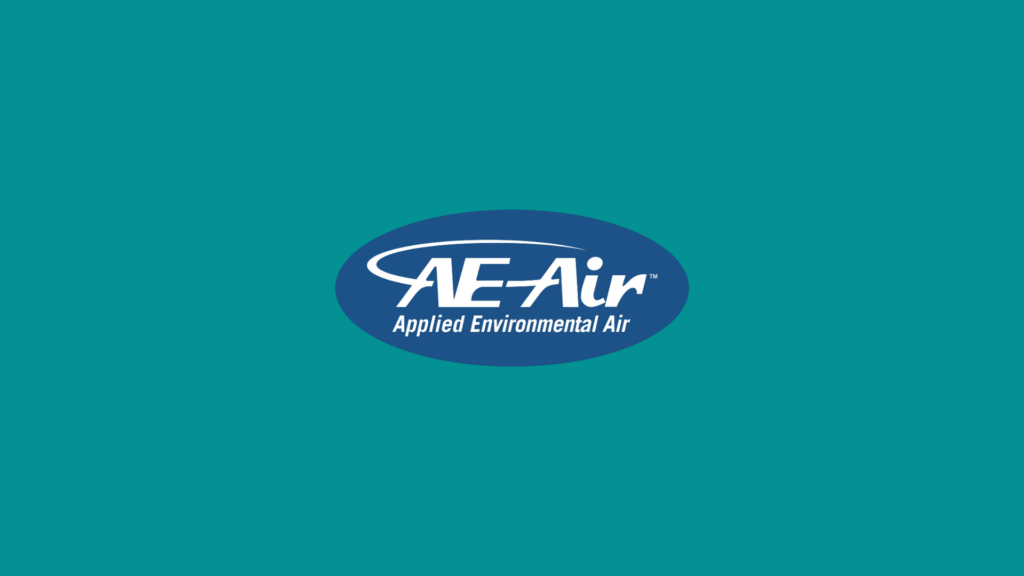Have you ever wondered what makes large commercial properties tick? It’s not just the architectural design or the interior decor; a significant part of their functionality lies in well-designed HVAC systems. Among these, applied air systems stand out for their ability to provide tailored climate control, ensuring every inch of the building is comfortable and efficient. As businesses continue to grow and expand, understanding the components of these systems becomes critical. They’re not just virtual buzzwords in the industry; they’re essential elements for creating environments where working, shopping, and living are seamlessly integrated.
The need for efficient HVAC systems in commercial properties cannot be overstated. Whether it’s a towering skyscraper in a bustling city center or a sprawling shopping complex on the outskirts of town, the importance of maintaining consistent indoor air quality is universally understood. Systems like these are designed to handle various demands, from heating and cooling to ventilation and air purification, all of which keep the space comfortable and safe for occupants. As businesses strive for sustainability, systems that offer energy efficiency without compromising performance become even more valuable.
What Are Applied Air Systems?
At their core, applied air systems are comprehensive solutions designed for managing all aspects of climate control in commercial buildings. They typically consist of several key components that work together to deliver heating, cooling, and ventilation across large spaces. These systems can be tailored to specific needs, which means they can serve diverse property types and sizes effectively.
Here’s what makes applied air systems stand out:
Components: These systems include air handling units, chillers, boilers, and ductwork, all of which integrate seamlessly, ensuring optimal temperature regulation and air quality.
Applications: You’ll find these systems in various commercial settings like office buildings, hospitals, malls, and hotels, where maintaining strict environmental controls is crucial.
Benefits: Compared to traditional HVAC systems, applied air systems offer flexibility and adaptability, along with improved efficiency and reliability. They can adapt to changing needs without needing a complete overhaul, making them a cost-effective choice over time.
These systems aren’t just about moving air; they’re about managing entire climates. They allow property managers to adjust and optimize conditions according to the specific needs of different areas within the building. For example, a hospital might require a certain level of air filtration and humidity control in its operating rooms compared to its waiting areas. By addressing these specific needs, applied air systems help maintain productivity and comfort, ensuring that buildings operate at peak performance.
Key Features of Applied Air Systems
Applied air systems are known for several standout features that make them a smart choice for modern commercial properties. At the top of the list is their energy efficiency. By optimizing the use of power and reducing waste, these systems help lower energy bills, which is a significant advantage for businesses looking to cut operating costs. They are designed to offer sustainability without sacrificing comfort or performance, aligning with the growing trend toward eco-friendly solutions.
Another selling point is their space-saving design. Commercial buildings often have limited space for large mechanical systems, making compact, efficient designs crucial. Applied air systems fit this need perfectly. They can be implemented in various configurations, whether the building is large or small, offering the flexibility required by different structural layouts. This adaptability ensures that the systems don’t intrude on usable space while still delivering optimal functionality.
Finally, one of the most appealing features is the flexible installation options these systems provide. Whether working with new construction or retrofitting an existing building, these systems can be customized to meet unique requirements. This flexibility in application means that they can be tailored not just to the building’s physical constraints but also to its operational demands, ensuring that everything runs smoothly and efficiently.
Choosing the Right Applied Air System
When selecting an applied air system, several key factors play a role in determining the best fit for your needs. Considerations like building size, layout, and usage requirements all influence the decision. Start by evaluating the scale of your property and the specific areas that need climate control. A larger building may require a more complex system, while a smaller site might benefit from a simpler setup.
Next, compare different models and specifications. It’s important to look at the capacity, efficiency ratings, and features the systems offer. Some systems may prioritize high efficiency, while others focus on noise reduction or ease of maintenance. Consider these attributes based on what aligns best with your operational goals.
Here are some tips for selecting the best system:
– Assess the specific climate control needs of different areas of your building.
– Evaluate potential energy savings against upfront costs to find a balanced solution.
– Ensure that the system integrates well with existing infrastructure if you’re not starting from scratch.
Choosing the right system is not just about meeting immediate needs. Think about future expansion or changes in building use. Opting for a system with flexible capabilities can save time and money down the line, ensuring that it continues to serve efficiently as requirements evolve.
Maintenance and Upkeep of Applied Air Systems
Regular maintenance is essential to keep applied air systems running efficiently. Establishing and following a maintenance schedule can help prevent unexpected issues and prolong the lifespan of the system. Professional servicing is crucial for complex systems, as it ensures that all components are functioning correctly and any potential problems are addressed early.
Common issues can include clogged filters, which reduce efficiency, or leaks in the ductwork that affect the system’s overall performance. Troubleshooting these problems promptly with the help of professionals can save on costly repairs and ensure uninterrupted service.
Routine maintenance is not just about fixing problems; it’s about optimizing the system for better performance and energy efficiency, which can lead to significant savings over time.
Maximizing Efficiency with Applied Air Systems
To get the most out of applied air systems, follow best practices for operation. Simple measures, such as regularly changing filters and ensuring the system is correctly calibrated, can greatly enhance performance.
When it’s time to upgrade or retrofit existing systems, consider newer technology that offers improved efficiency and better controls. Retrofitting can often be accomplished without significant disruption to your operations and provides substantial benefits in terms of enhanced climate control and energy savings.
Case studies and examples of successful implementation of these practices demonstrate the positive impact on buildings’ efficiency and comfort. Learning from these examples can provide insights into how to best apply these systems in your property.
Transform Your Commercial Space with Advanced Applied Air Systems
Applied air systems play a critical role in shaping the comfort and efficiency of commercial buildings. Their ability to deliver tailored climate control solutions makes them invaluable for modern properties. With key features like energy efficiency, space-saving design, and versatile installation options, these systems meet the diverse needs of today’s buildings, helping businesses maintain productivity and comfort.
Exploring the various aspects of applied air systems helps in understanding how they impact the functionality and operability of a commercial space. By addressing both current and future needs, these systems ensure that properties remain competitive and efficient. As businesses continue to evolve, the right HVAC system will be central to supporting these changes without compromising quality or performance.
Discover how AE Air can transform your commercial property with advanced applied air systems. These systems ensure energy efficiency and adaptable climate control solutions that cater to your building’s unique needs. Explore our applied air systems to find the ideal setup for your space and enhance overall performance without compromising on quality.


